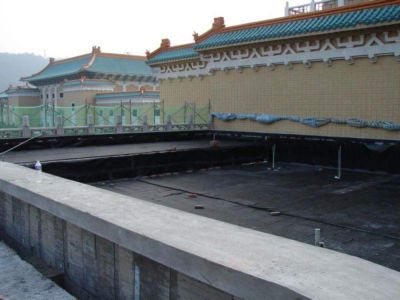The advantages and disadvantages of drainage boards determine their scope of application. What are the advantages and disadvantages of drainage boards? You answer them one by one. The drainage board has the advantages of convenient construction, short construction period, no need for maintenance after forming, no influence of temperature, little environmental pollution, easy control of layer thickness according to design requirements, easy material calculation and construction site management, not easy to cut corners, average layer thickness, It can effectively restrain the stress of the base layer when paving empty (it can adhere to the integrity of the waterproof layer when the base layer has a big crack).

Defects of the drainage board The drainage board needs to be measured and cut off according to the shape of the waterproof base layer. The base layer with complex shapes needs to be spliced in multiple pieces, and the bonding of the overlapping joints of the waterproof membranes is complicated. Drainage board is an important decoration material. What are the scopes of application of drainage board?
Drainage boards are suitable for different projects, and the scope of application is also very wide. Used for greening projects: garage roof greening, roof garden, vertical greening, inclined roof greening, football field, golf course. Used in municipal engineering: airport, road subgrade, subway, tunnel, dregs landfill.
Used for architectural engineering: upper or lower floors of buildings, open indoor and outdoor walls and bottom plates, roofs, roof anti-seepage and thermal insulation layers, etc. Used in water conservancy projects: anti-seepage water of reservoirs, reservoirs and anti-seepage water of artificial lakes. Used in traffic engineering: highway, railway subgrade, embankment and slope protection.
Post time: Mar-13-2025



